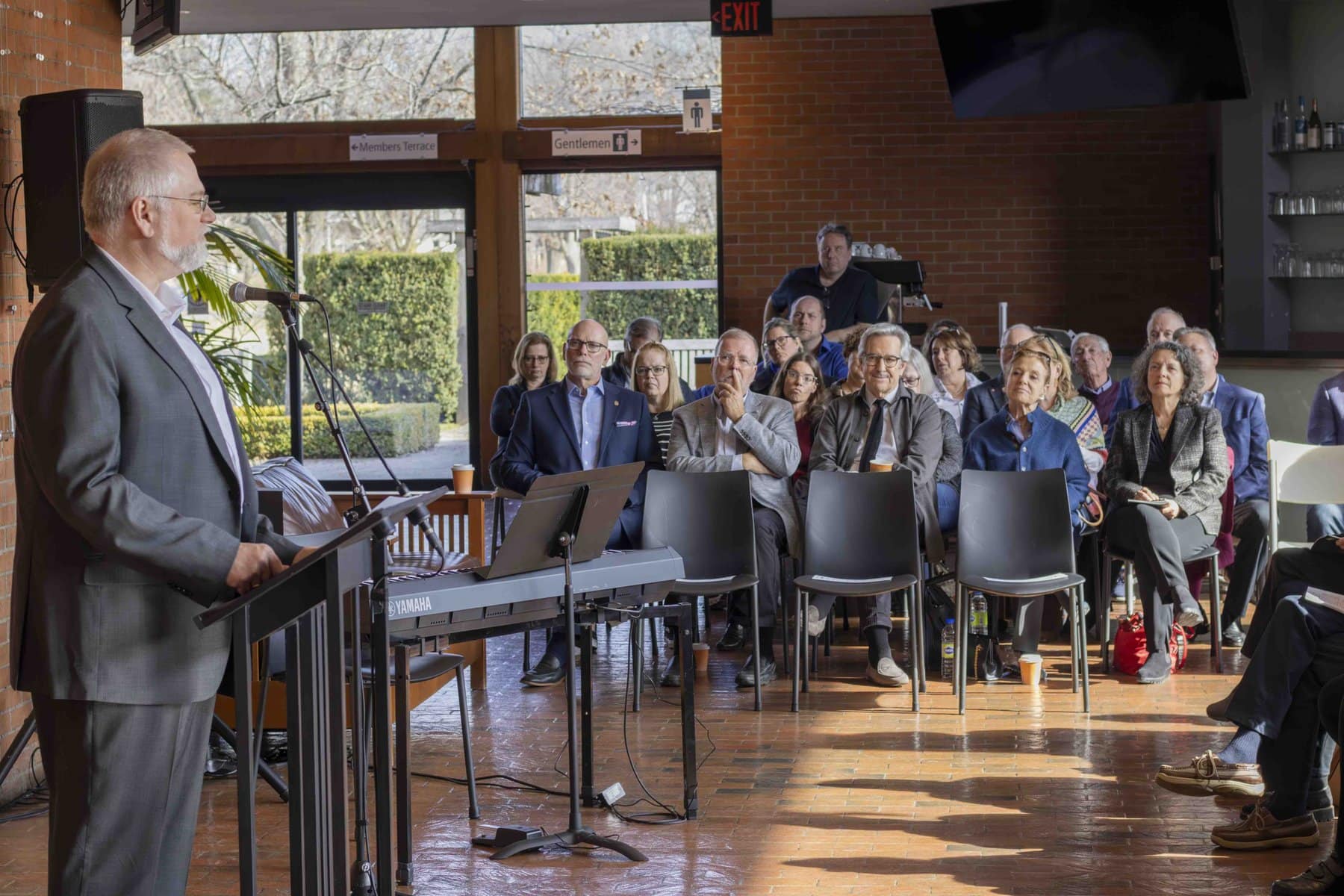Charitable donations pushed revenue to record $36.7 million
It was a tough fiscal year for the Shaw Festival.
In the face of a rapid drop off in COVID-19 relief funds, inflation, lagging attendance and an expensive slate of productions, the non-profit theatrical company came out of 2023 a bit worse for wear.
“We lost about $5.7 million last year,” Shaw treasurer Greg Prince told the company’s annual general meeting on Friday.
The deficit came despite raking in a record $36.7 million in revenue.
Attendance was up to about 210,000 from 171,000 in 2022, but was still short of the Shaw’s pre-pandemic numbers.
Prince said the Shaw hosted about 267,000 people in 2019.
“Audiences didn’t come back as quickly as we thought they would,” he said.
Predictably, the lingering impacts of COVID put a dent in attendance rates, but summer wildfires also had an impact, Prince said.
Shaw board chair Ian Joseph said the company had planned for a deficit in 2023 but was not anticipating the reality of that loss.
In response, Joseph said they were planning to cut operating costs back by 12 per cent for 2024.
Despite the budget cuts, Joseph said 2024 will be a “year for growth” and the Shaw will continue to invest in its artists and staff.
One Shaw asset in need of investment is the Royal George Theatre on Queen Street.
The old theatre is “well beyond its intended lifespan,” said Joseph.
Executive director Tim Jennings said the clay foundation is “slowly dissolving” and its basement is prone to flooding.
“Fixing the George is something that has to happen,” he said during a question-and-answer period.
Illnesses plagued the Shaw’s shows throughout the 2023 season, too.
“I don’t believe we had one week of the season that had less than five people out,” Jennings said.
However, the annual meeting was not just doom and gloom.
The $36.7 million in revenue was helped by about $15.5 million in charitable donations, Joseph said. That also was a record total for Shaw.
Jennings said attendance is trending up for the first couple of months of 2024 and, if those trends hold, it would put the Shaw ahead of its 2024 budget.
“We’re getting back to what I call normal fairly soon,” he added.
It wasn’t just about the numbers on the page, though.
“I remind myself that financial success as a charity is not the only thing that drives us,” Jennings said.
Artistically, “it was the biggest season in our history,” Jennings said.
“If all we were trying to do was save money, we wouldn’t have done the ‘Mahabharata,’ ” said artistic director Tim Carroll.
The adaptation of a 4,000-year-old Sanskrit epic poem, staged as a two-day production spanning more than five hours in total, was not expected to make much money, but Shaw also is focused on investing in new audiences, Carroll said.
“If we had been thinking about things like average ticket price, we wouldn’t do family programming,” he added.
Family shows are lower priced but it’s important to invest in young audiences to preserve the future of live theatre, Carroll said.
Shaw, with its non-profit business model, does not break even on its shows, Jennings said.
To do so, the company would have to ratchet up ticket prices into the $400 range.
That would make the Shaw inaccessible to a wide range of people and is not how the company operates, Jennings said.










